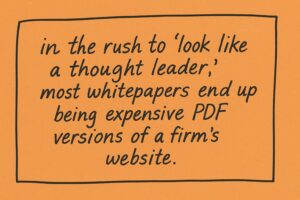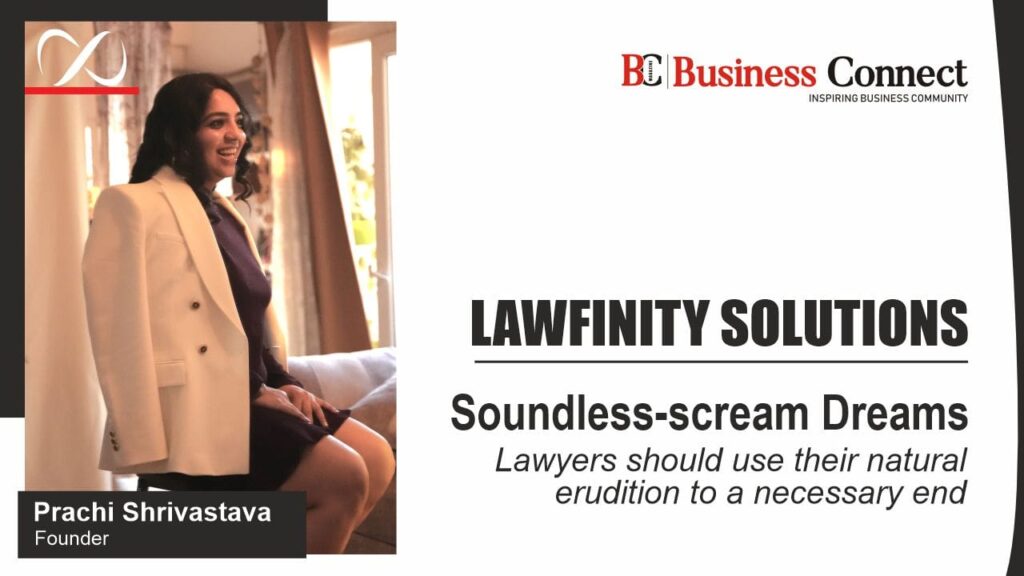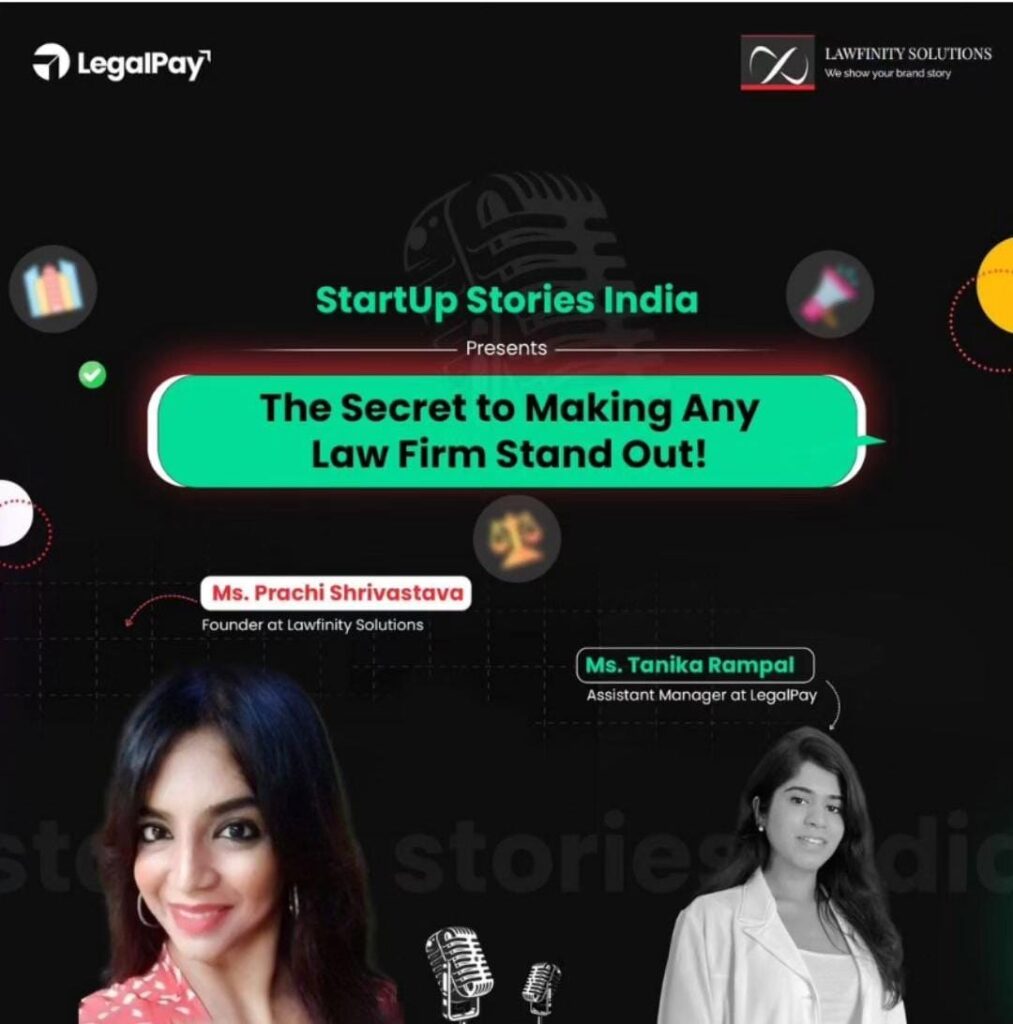
Why Whitepapers Seem Like a Good Idea, But Often Fail
A well-written whitepaper can be a powerful trust-building tool especially in professional services like law, consulting, and strategic advisory. But in the rush to “look like a thought leader,” most whitepapers end up being expensive PDF versions of a firm’s website.
They sound intellectual. But they convert no one.
Why? Because real decision-makers don’t respond to generic content.
They respond to structured thinking. Original insight. And relevance to their actual business pain.
What Makes a Whitepaper Worth Reading (and Sharing)?
If you’re going to write a whitepaper that genuinely moves the needle, it must show deep thought across six dimensions:
- Design sensibilities – Is it visually navigable and strategically laid out?
- Content scheme arrangement – Is the flow intuitive, or just information vomit?
- Balance of technicality and relatability – Are you speaking to your audience or at them?
- Balance of data and opinion – Is there a mix of evidence and interpretation?
- Original ideation – Are you saying something worth citing, or just summarising others?
- Foolproof sanitization – Are you naming names or leaking strategy? (Don’t.)
Minimum Structure Your Whitepaper Should Follow
Here’s the basic story arc we recommend at Lawfinity when helping clients blueprint narrative-led whitepapers:
- Premise and objective
- Definitions of key terms
- Timeline/context leading up to the current challenge
- The core conflict or legal/business ambiguity
- Comparative analysis (jurisprudence, policies, market actions)
- Suggested alternatives or resolution pathways
And yes – you’ll revisit each of these multiple times before you’re satisfied.
How Long Will It Take? Longer Than You Think.
A serious whitepaper will likely take:
- 25–30 rounds of back-and-forth
- 5–6 breaks to decompress and reset your head
- 10–15 hours of deep, strategic thinking
That’s assuming you already know what you want to say. If not, double it.
If your billable rate is Rs 5,000/hour, that’s a Rs 75,000 internal cost.
Which brings us to the real question..
What’s the ROI of a Whitepaper for Legal or Consulting Practices?
Conversion depends on how and where you use the whitepaper:
| Use Case | Conversion Potential |
| Warm leads from consults | High (25-50%) |
| Gated lead magnet (Newsletter/LinkedIn Funnel) | Moderate (10-30%) |
| Cold Outreach with no context | Low (1-5%) |
| Authority showcase for referrals | Strong (50-70%) |
So yes – one converted client at Rs 75,000+ fee (with the assumption that you bill at Rs 5000) pays for the whitepaper.
But you need at least 10–15 high-intent leads ready to receive and engage with it.
Otherwise, it becomes a time sink.
What a Whitepaper Is Not
- It’s not a fashion statement for your firm.
- It’s not a filler asset for your downloads page.
- It’s not a rehash of your practice areas and past work.
And it’s definitely not something to delegate to your intern.
A whitepaper that actually converts requires:
- A founder or practice head voice
- Original insight, not just information
- Distribution clarity and follow-up strategy
Signal-anchored messaging that shows up in GEO (Generative Engine Optimization) which, as we have previously explained, is more than ‘the new SEO’.
Long story short: Don’t write a Whitepaper if you’re not clear on three things:
- Who is it really for?
- What signal does it send?
- What exact action do you want the reader to take?
If you’re clear on these and willing to invest the time the whitepaper can become a durable lead conversion asset. Not a vanity download.
Want help building a whitepaper that converts and shows up in GEO answers?
At Lawfinity, we design signal-first narrative stacks for law firms, consultants, and founder-led platforms.
We’re not “whitepapers designers”. Think of us as your conversion strategist.
Let’s talk.











